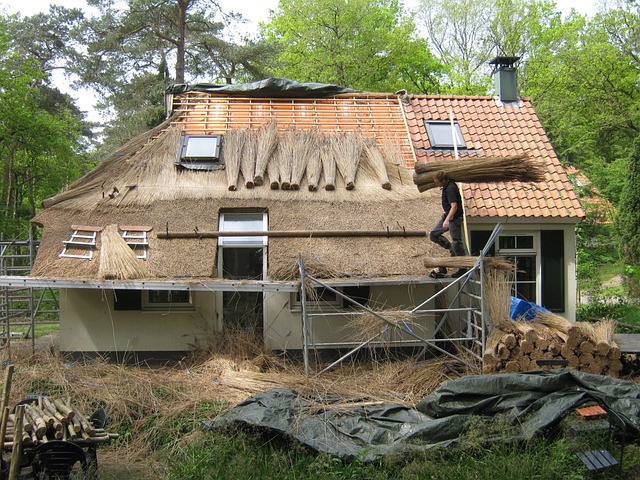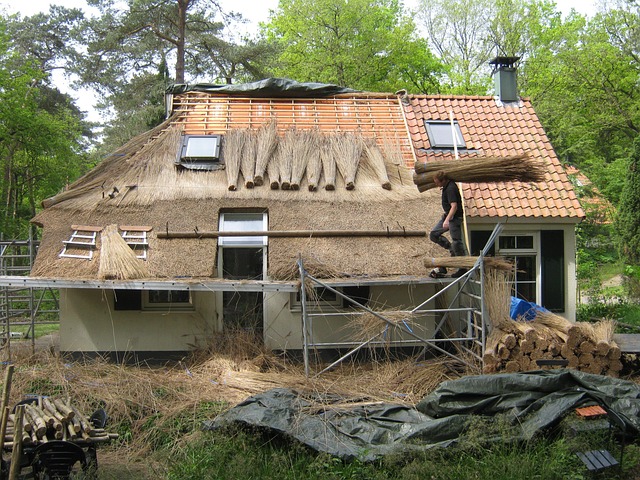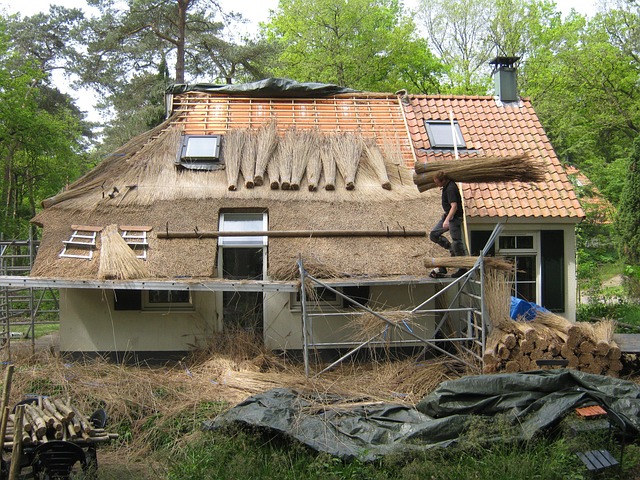Agriculture is a powerful engine for local economic growth, impacting communities in diverse ways. Thriving farms create jobs, attract investment, and stimulate real estate markets, leading to improved infrastructure and higher land values. This positive cycle enhances the quality of life, draws new residents and businesses, and fosters innovation. Successful agricultural initiatives in rural areas globally have raised employment rates and living standards while also boosting local economies through diverse industries and environmental sustainability. The synergy between agriculture and real estate is key to unlocking these multifaceted benefits, making agriculture a vital component in community development and economic prosperity.
“Unveiling the profound interplay between agriculture, education, and local economic growth, this article delves into the transformative power of these sectors. We explore how thriving agricultural practices act as a catalyst for community prosperity, with statistical insights highlighting their significant impact. Furthermore, we examine the role of education in empowering farmers and driving innovation, showcasing its potential to modernize farming techniques. Additionally, we analyze the symbiotic relationship between agriculture and real estate, illustrating how successful agricultural initiatives can drive property value growth and attract strategic investments.”
The Link Between Agriculture and Local Economic Growth

Agriculture plays a pivotal role in fostering local economic growth and development, often serving as the backbone of many communities. The connection between farming and economic prosperity is multifaceted; it involves creating employment opportunities, generating revenue, and contributing to the overall vibrancy of a region. In rural areas, agricultural activities can stimulate local Real Estate markets as thriving farms attract buyers seeking investment or lifestyle changes.
Farms act as engines of innovation, promoting advancements in farming techniques, technology, and sustainable practices. These developments not only enhance productivity but also attract tourism, with eco-conscious travelers eager to explore farmlands and support local agriculture. Moreover, agricultural success can lead to the growth of ancillary industries, such as food processing, packaging, and distribution, further diversifying and strengthening the local economy.
– Exploring the impact of thriving agricultural practices on surrounding communities

Thrivling agricultural practices can have a profound and multifaceted impact on surrounding communities, often serving as a cornerstone of a robust local economy. The relationship between agriculture and real estate is particularly intriguing; as farming booms, land values tend to increase, attracting new investments while also preserving open spaces and rural character. This dynamic fosters a positive feedback loop where improved infrastructure, access to fresh produce, and the overall quality of life draw in new residents and businesses.
Moreover, successful agricultural initiatives can create diverse employment opportunities, from farmworkers and processors to distributors and retailers. This ripple effect not only supports local families but also enriches the social fabric by fostering community engagement. In many cases, these practices can even contribute to environmental sustainability, preserving natural resources and enhancing biodiversity—benefits that have far-reaching implications for both the economy and the well-being of future generations.
– Statistical evidence highlighting successful cases where agriculture drives economic prosperity

In many regions, agriculture serves as a powerful catalyst for economic growth and development. Statistical analyses consistently show that agricultural prosperity can significantly positively impact local economies. For instance, in rural areas where agriculture is the primary industry, employment rates tend to be higher, contributing to reduced unemployment and improved standards of living. According to recent studies, regions with robust agricultural sectors often experience increased real estate values due to growing demand for property within these areas.
Successful examples can be observed worldwide, from agricultural hubs in the Midwest of the United States, where farmlands are highly valued, to thriving farming communities in Europe that have attracted investors and fostered infrastructure development. These cases illustrate how agriculture can drive economic prosperity through job creation, attracting businesses related to food processing and distribution, and boosting local investments in services and amenities, thereby enhancing the overall quality of life for residents.






